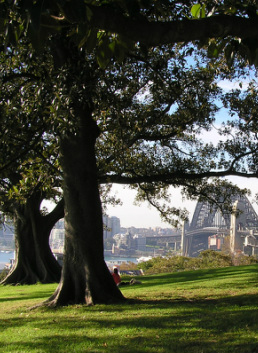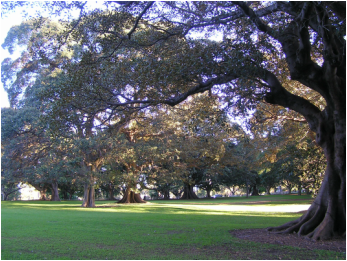Heritage landscapes +
|
Major projects
| ||||||
| rbg_domain_heritage_trees_noel_ruting.pdf | |
| File Size: | 2026 kb |
| File Type: | |
2. City of Sydney
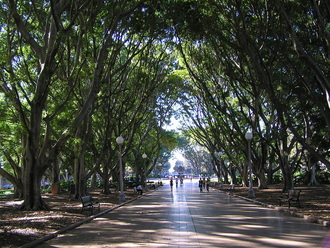
Hyde Park, Sydney
.
4. Randwick City Council
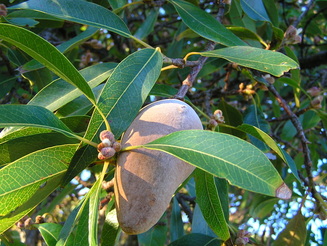
Purcell Park, Matraville
.
4. North Sydney Council
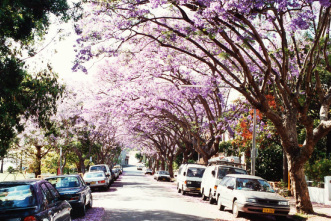
McDougall Street, North Sydney
.
5. Camden Council
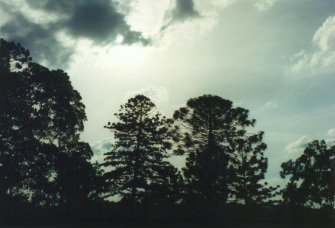
"Maryland", Bringelly
.
6. Woollahra Council
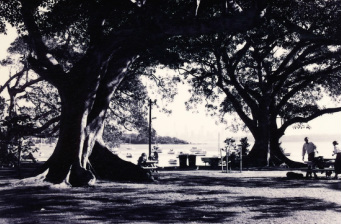
Watson's Bay
.
